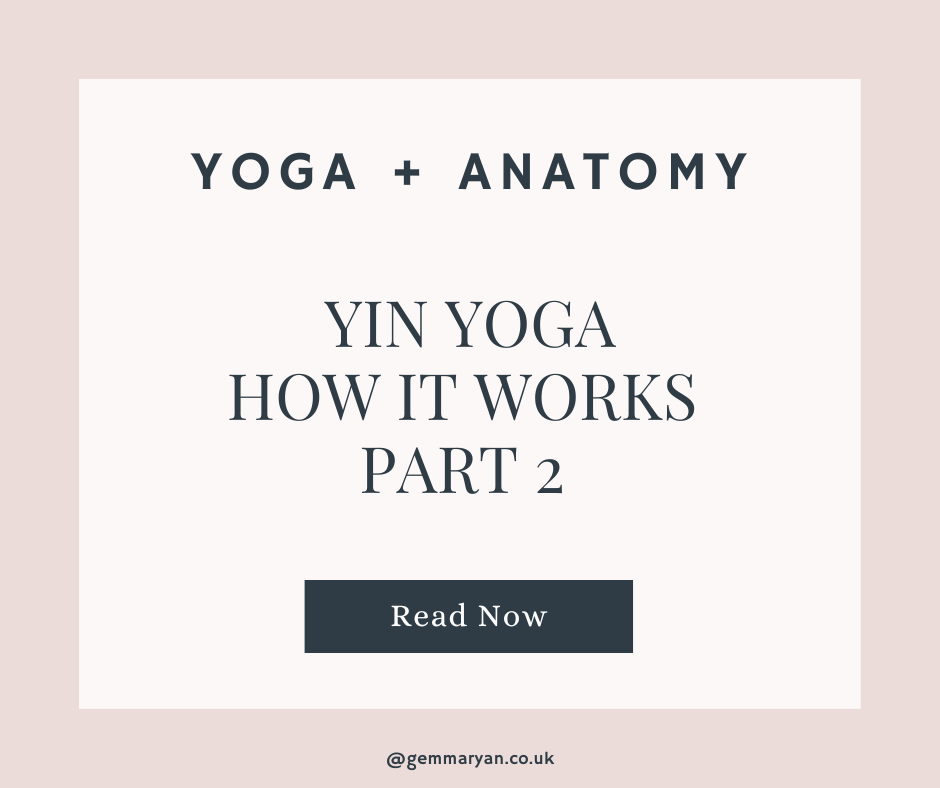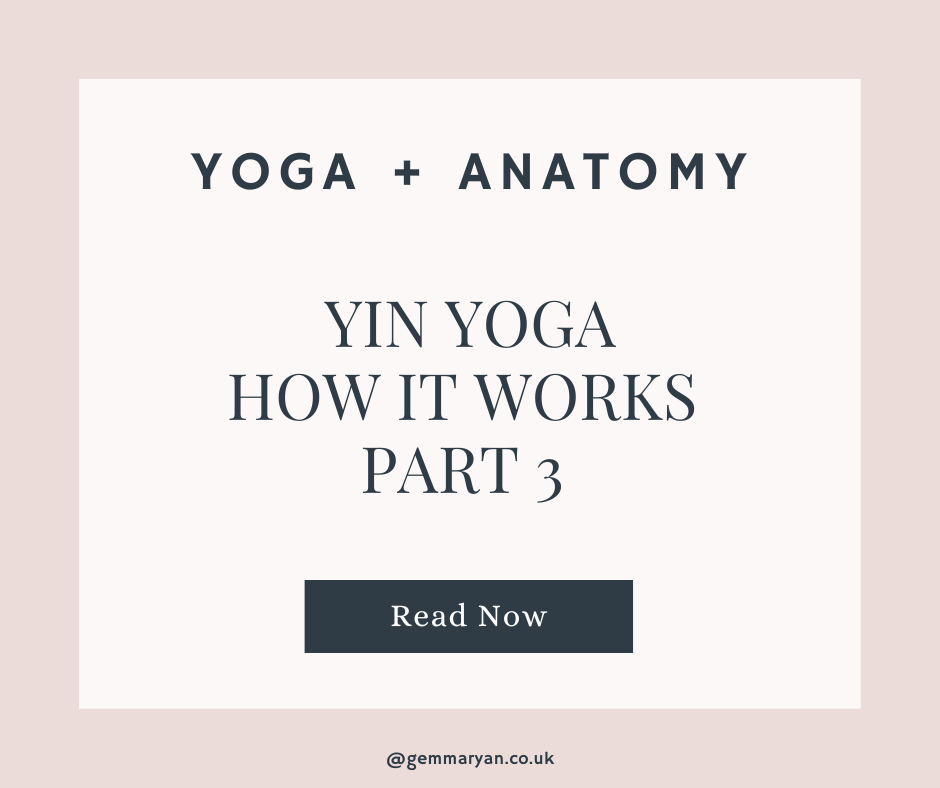
How Yin Yoga Works: Part 1
Our bodies adapt to our level of activity. Suppose we are sedentary; over time, our muscles and joints will shorten, and the cells held within the connective tissue will not receive the necessary stress to keep them healthy, which causes our fascial tissue to undergo biochemical changes. In that case, this can cause collagen fibres to become meshed and knotted and cross-links to become stiff, reducing the level of elastin our body needs to keep our tissues mobile.
As collagen fibres gradually shorten, our bodies become tight and inflexible. Reversing this process requires more than a class or two of yin yoga. Regular practice is essential to experience consistent and lasting change.

How Yin Yoga Works: Part 2
Welcome back to my series on 'How Yin Yoga Works.' Last time, we explored the impact of passive stress on the lengthening of fascial tissues through mechanotransduction. If you missed Part 1, you can catch up here and join me on this yin yoga anatomy journey.
I also discussed how stressing the fascial tissues leads to changes in the biomechanical environment, as the connective tissue can sense these changes through two components:

How Yin Yoga Works: Part 3
As we age, our bones can weaken and lose density, making us more susceptible to osteoporosis and fractures. However, practising yin yoga several times a week, along with other complementary activities such as weight lifting and eating a nutrient-rich diet, can help stimulate the formation of new bone tissue, improve joint mobility, and reduce tension and anxiety.
This is especially important because elevated stress levels can lead to increased cortisol production, which contributes to bone loss by negatively affecting our insulin sensitivity and bone metabolism. The gentle, sustained pressure we place on our joints in yin yoga can help stimulate bone remodelling and encourage new bone tissue formation, while the mindfulness aspect of the practice can reduce stress levels.